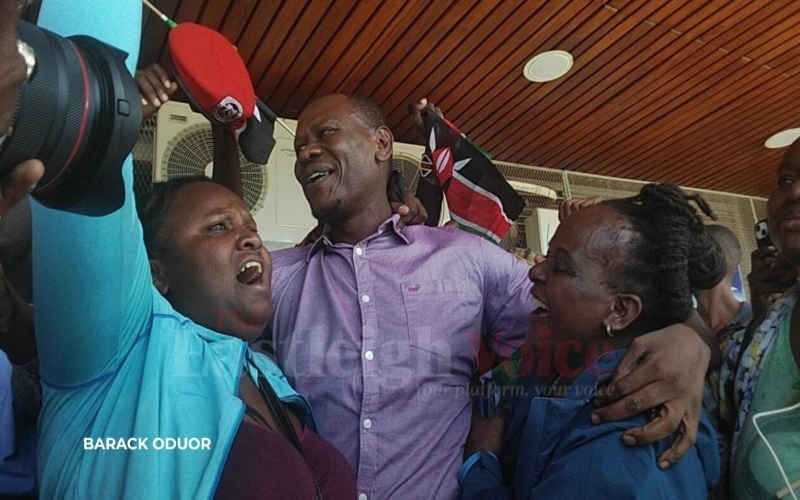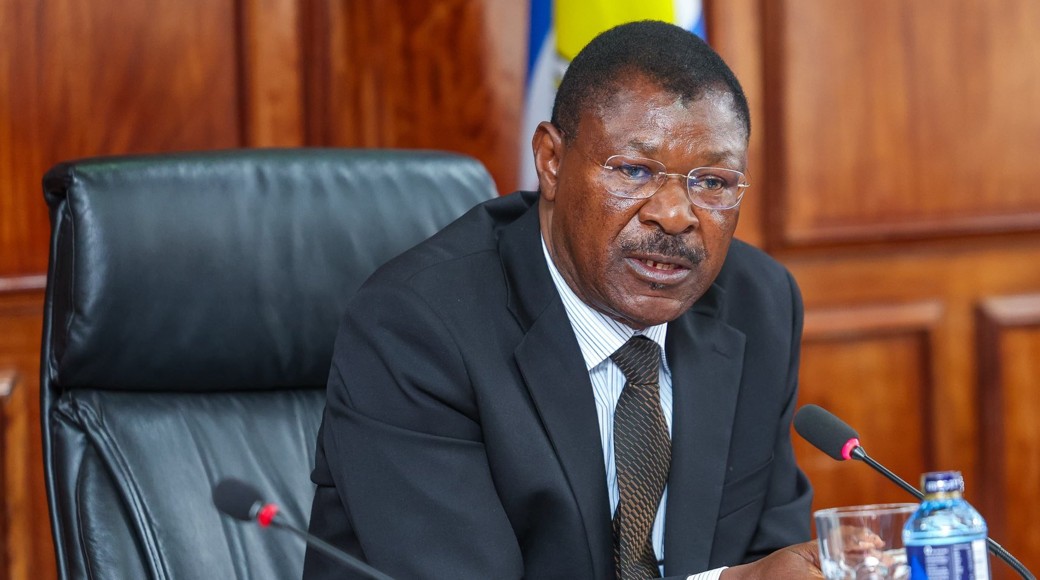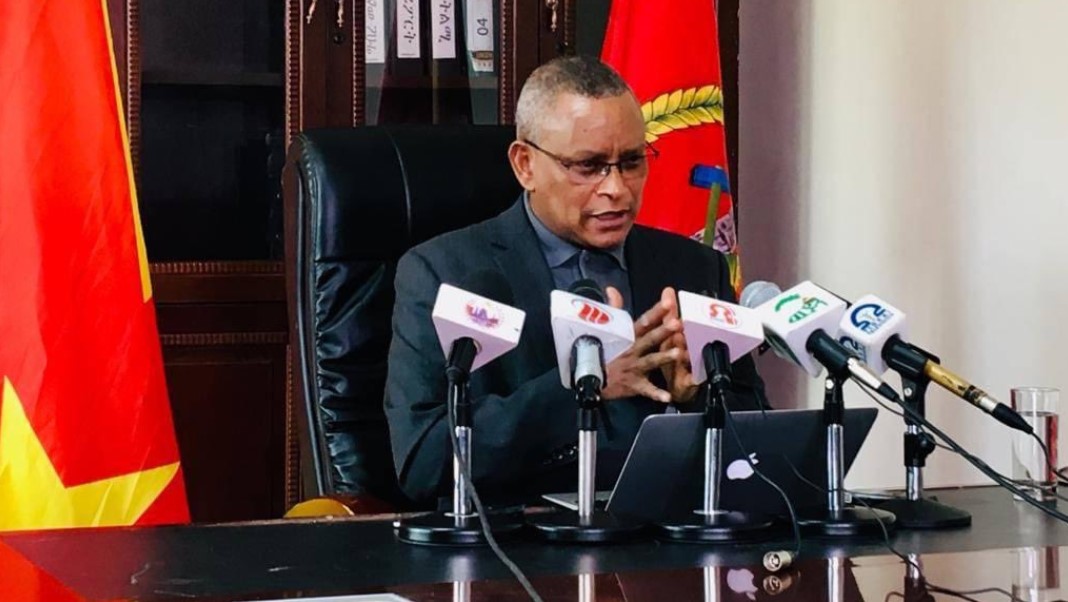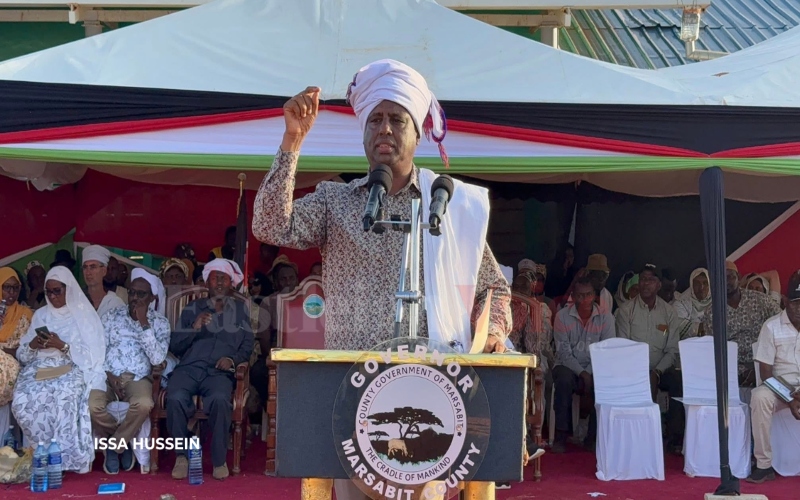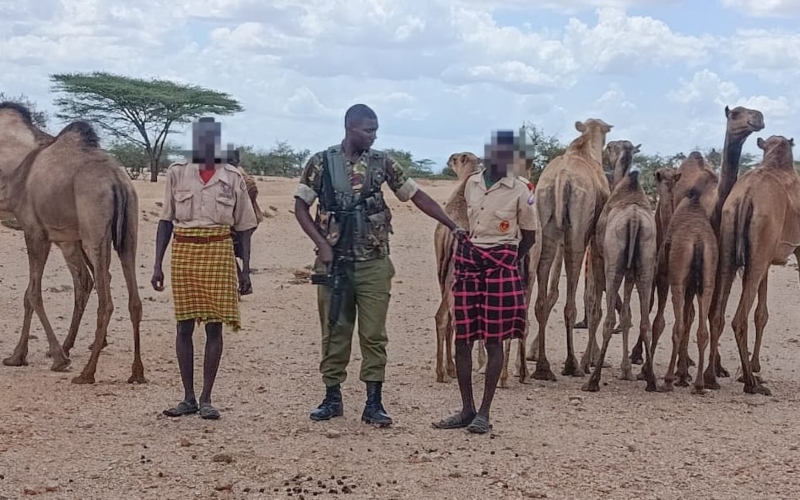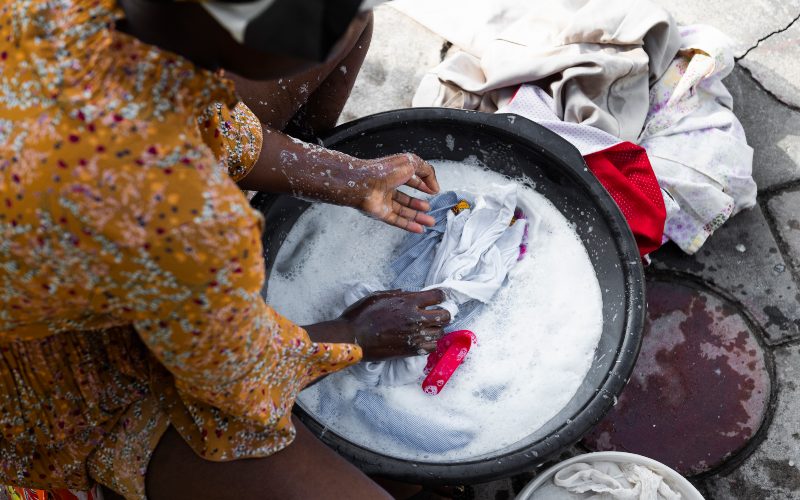Eastern Africa records decline in terror incidents amid marginal rise in attacks across Africa
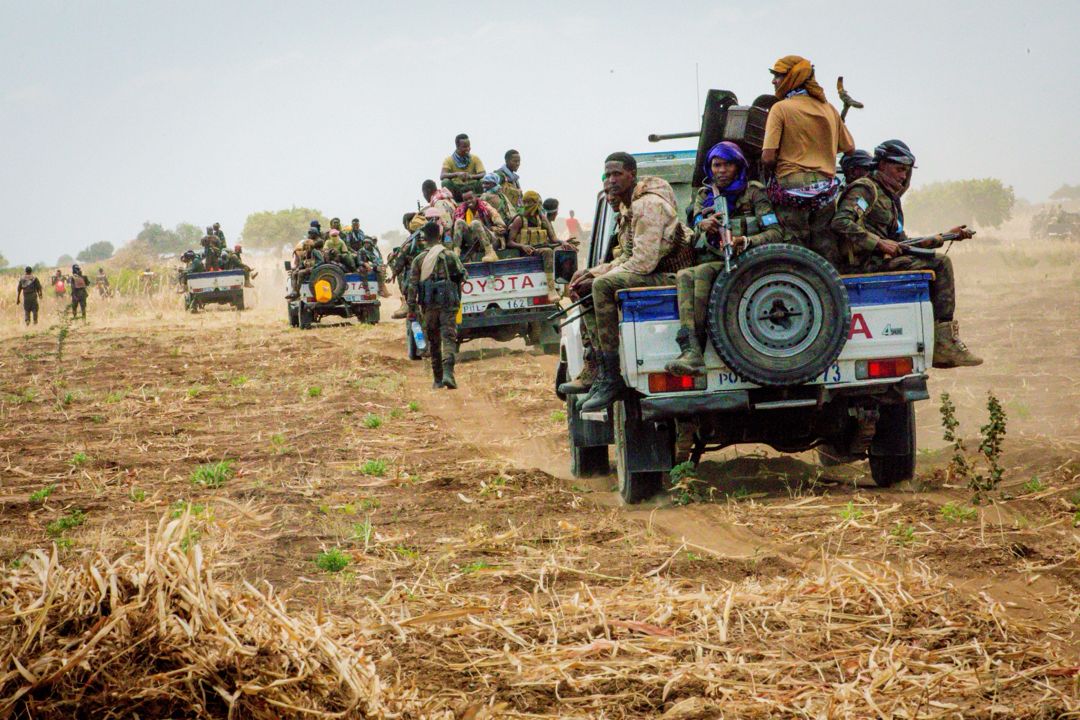
The threat of terror has spread to new geographical areas that were previously unaffected across the 55 member states.
Civilians bore the largest brunt of terror attacks in Africa for the period between April and June this year, followed by security personnel as the region recorded a marginal rise in incidents.
According to the African Union Counter Terrorism Centre (AUCTC), political instability, associated sanctions and unconstitutional changes of government have in part contributed to the recent resurgence of terrorism.
More To Read
- Westgate attack: The day Kenya’s terror fight became a global concern
- US, Somalia step up cooperation against financial crimes and terrorist financing
- UN to help Kenya, Somalia, Uganda fight growing IED threat
- Ghana’s security strategy has kept terror attacks at bay: What other countries can learn from its approach
- Senior Al-Shabaab leaders among 12 terrorists killed in joint Somalia operation
- Kenya added to EU's high-risk list for money laundering, terrorism financing deficiencies
"Emerging factors such as the growing use of community auto defense groups, mercenaries, and PMCs which are illegal by the 1977 OAU Convention on Mercenaries, the entrenched nexus between transnational organised crime network groups (TOC) and terrorism, the growing use of emerging technologies including military grade drones, and Climate Change vulnerabilities appear to be sustaining the momentum of terrorism and violent extremism," the report contained in the AUCTC Africa Terrorism Bulletin states,
Consequently, the threat of terror has spread to new geographical areas that were previously unaffected across the 55 member states.
"The threats in the coastal states have heightened, and no state along the Atlantic corridor is immune. Terrorist groups are now executing a grand strategy of geographic expansion with the aim of occupying territories, and undermining the legitimacy of states," it adds.
Civilians formed the primary targets of the majority of the attacks with records showing that of the 4,818 deaths recorded in that period, 57 per cent (2,757) were civilians, followed by 22 per cent (1037) security personnel.
A total of 1,030 terrorists were eliminated within three months.
"From a total of 1,003 attacks across the continent, 581 were against civilian targets, 377 targeted military/security forces, 34 targeted International Organisations, and 11 targeted government institutions/officials," the report shows.
This, however, was not the character displayed by all terror groups, the report notes that the ADF/ISCAP (DRC), ASWJ (Mozambique), Boko Haram (Niger, Chad, Cameroon, and Nigeria), ISGS (Niger), ISWAP (Niger), and JNIM (Burkina Faso and Benin) concentrated their attacks against civilians as per the general conclusion of the report but the Al Shabaab terror group heavily targeted military/security forces both in Kenya and Somalia.
A breakdown of the data in regions shows countries in West Africa recorded 45 per cent of the total attacks and 62 per cent of the total deaths as those in Central Africa recorded 30 per cent of attacks and 23 per cent of deaths.
The East Africa region recorded 19 per cent of the attacks and 11 per cent of deaths, as Southern Africa stood at six per cent of the total attacks and four per cent of the deaths while North Africa accounted for only one attack that did not result in any deaths.
Declining fatalities
The report noted that fatalities associated with terrorist attacks have kept declining in the East Africa region since the beginning of the year, an indicator that terrorist groups do not have the freedom to carry out complex and sophisticated attacks within the Horn of Africa.
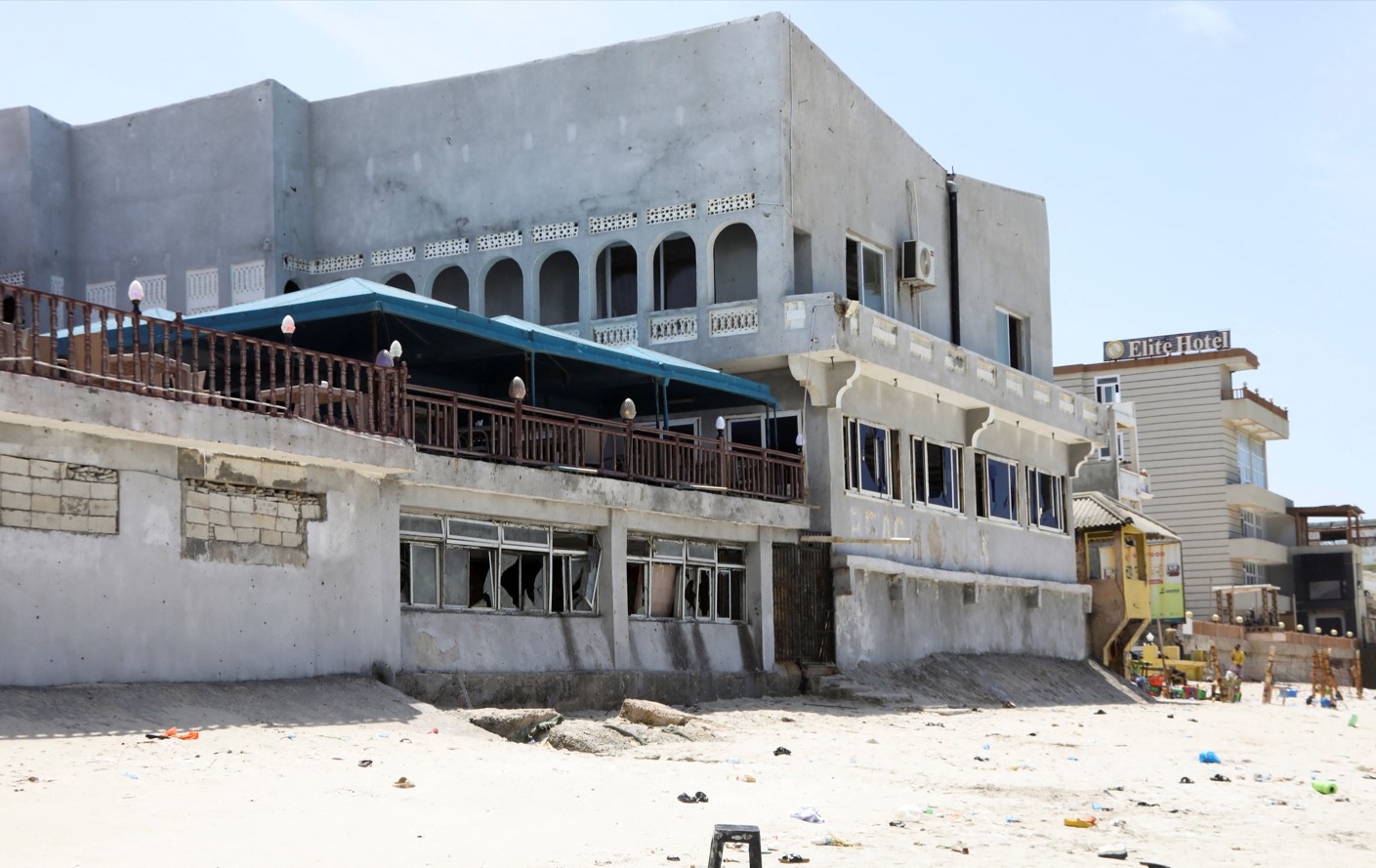 A view shows the deserted scene of an explosion that occurred while revellers were swimming at the Lido beach in Mogadishu, Somalia August 3, 2024. (Photo: REUTERS)
A view shows the deserted scene of an explosion that occurred while revellers were swimming at the Lido beach in Mogadishu, Somalia August 3, 2024. (Photo: REUTERS)
It however notes that though attacks and fatalities reduced, the number of terrorist incidents within the period remained significantly high.
"The Second Quarter of 2024 witnessed a decline in terrorism and violent extremism attacks in the East and Horn of Africa. Terrorist attacks in the region declined by more than 35 per cent and associated fatalities also declined by 27 per cent. Deliberate counter-terrorism measures by the deployed forces within the region have contributed significantly to the reduction of attacks and fatalities within the region," the report states.
Generally, the report shows that the five most affected countries by terrorist attacks during the period were Burkina Faso, followed by the Democratic Republic of Congo (DRC), Somalia, Mali, and Cameroon in decreasing order.
The five countries accounted for 777 of the 1,003 attacks recorded in the continent in the three months, and 80 percent (3,833) of the overall (4,818) deaths that occurred in the same period.
AUCTC provides quarterly assessments of terrorism and violent extremism situation and trends on the continent in order to avail AU member states with up-to-date information on terrorism incidents and its related activities, as part of efforts to prevent and counter violent extremism and terrorism.
Small and Light Weapons (SALWs) were the weapons of choice for the majority of the terror groups accounting for 72 per cent of the total attacks, followed by Improvised Explosive Devices (IEDs) at 21 per cent, a combination of the two accounted for two per cent of the attacks while five per cent were cases of kidnapping.
During the period under review, the centre recorded 53 cases of kidnappings majority having taken place in Burkina Faso, DRC, Cameroon, Mali, Mozambique, Nigeria, and Somalia where 406 persons were taken hostage, while 418 captives were released during the same period.
Terrorist fatalities
Counter-terrorism operations launched in the period under review neutralised 2,675 terrorists, with JNIM accounting for 982 deaths, followed by Al Shabaab which lost 679 of its militia, ISWAP lost 445, while ISGS lost 209, Boko Haram 146, ASWJ 92 and ADF/ISCAP lost 33 members with the report indicating that other 78 deaths were recorded but found to belonging to unidentified groups.
This year, the epicentre of the terrorism and violent extremism situation has remained the Horn of Africa, the Lake Chad Basin, the Central Sahel region, and the Great Lakes region.
In its conclusion, the report calls for adopting strategies that win civilian populations' hearts and minds as a form of deterrence and building trust within communities to ensure prompt reporting of suspicious activities.
"Although military strategies may be justifiable in combative situations, evidence has shown that they are not enough and that more practical and lasting solutions must be targeted at preventative measures. Guns and bullets which kill terrorists cannot win the hearts and minds of the local population to build the much-needed trust and confidence which are necessary to dissuade local communities from aligning with terrorist or violent extremist groups," the report states.
It also calls for the severing of ties between transnational organised crimes and terrorism.
"In an attempt to have access to finance and expand their financing sources and mechanisms, terrorist groups now have linked have with TNOC network groups and their activities are financing operations of terrorist groups. There is the need therefore to effectively implement counter-terrorism financing (CTF) measures," the report recommends.
Top Stories Today




